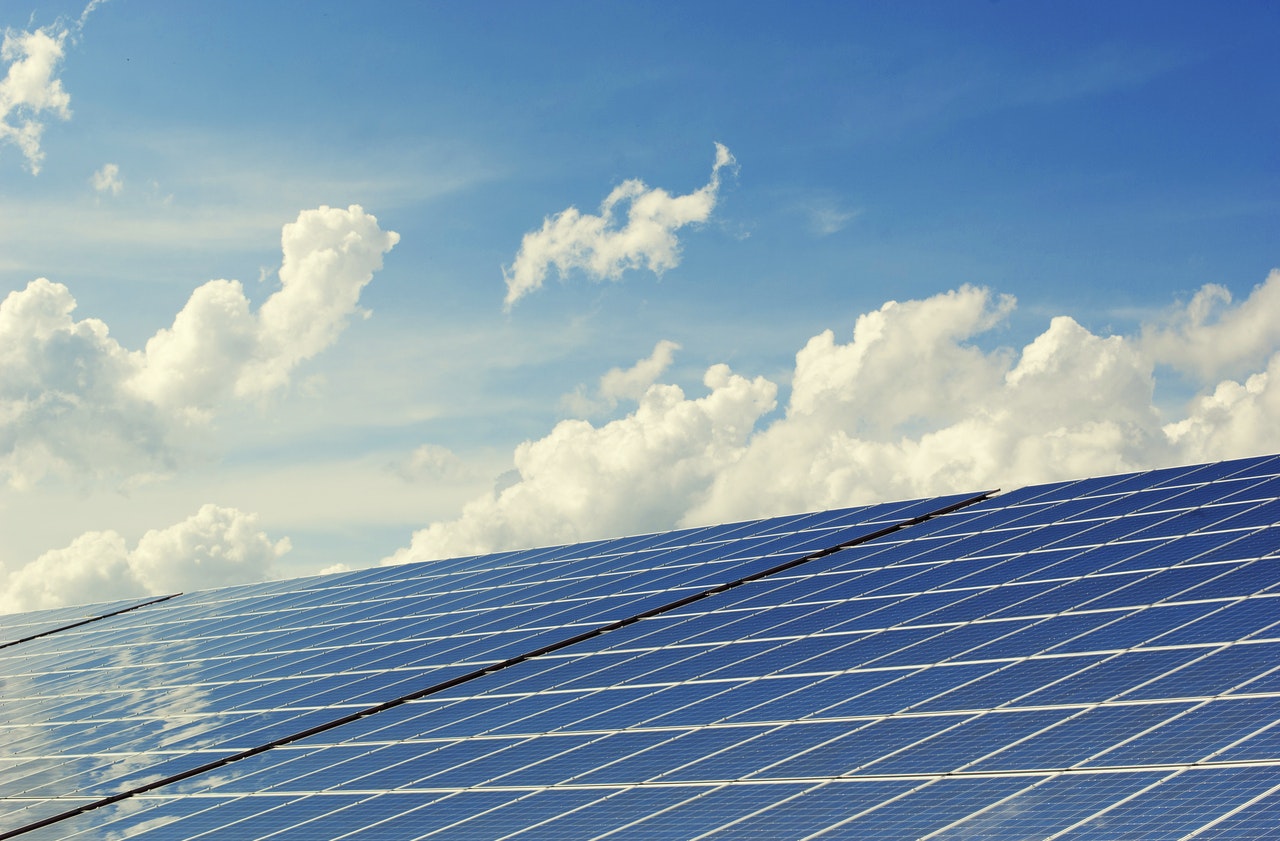China intends to launch a space station with solar panels into orbit, which will transfer the stored energy to Earth using a laser or guided microwaves. According to Sky News, the project is scheduled for 2028, two years earlier than previously thought.
The satellite will be able to direct energy beams to various points on the planet’s surface, including areas of humanitarian disasters.
Energy beams can be transmitted to fixed points on Earth or other spacecraft, to where the solar panels can send their power. In this way, it will be possible to export electricity or support areas of humanitarian disasters. According to the plan, the satellite with a capacity of 10 kilowatts will hover at an altitude of about 400 kilometers above the planet’s surface.
The initiative assumes that a large orbital solar power plant will be built in four stages. It is intended to be completed in 2035. By 2050, the technology will have improved, and the station will be large enough to provide about two gigawatts of power.
Two years after the test run, China will send a more robust plant into space capable of producing 10 megawatts.
Unlike ground stations of renewable energy sources, orbital installations will operate at any time of the day and will not depend on weather conditions.
But to bring the project to life, you need to solve serious engineering problems. Transmitting microwaves over considerable distances would require a massive antenna, and the solar wind, gravity, and satellite movement could interfere with sending the energy.

